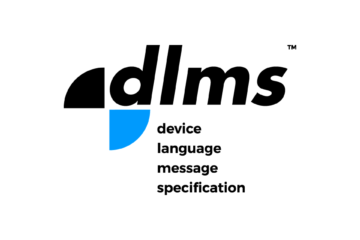The OSI model is a conceptual framework used to understand and standardize how computer networks communicate with each other. You will get the reply of “OSI Model in Details” in a very basic manner after reading this article.

International Organization for Standardisation (ISO) has developed this model in the 1980s, and it is still widely used to design and troubleshoot computer network system.
Seven Layers of OSI
The OSI model is divided into seven layers, each with its own specific function:
- Physical Layer: Responsible for transmitting raw data bits over the physical network medium. It defines the electrical, mechanical, and procedural aspects of the network interface.
- Data Link Layer: Responsible for transmitting data packets between adjacent network nodes. It is also responsible for error detection and correction, and it defines how data is framed and transmitted.
- Network Layer: Responsible for routing data packets between different network nodes. It determines the optimal path for data to take and ensures that data packets arrive at their intended destination.
- Transport Layer: Responsible for ensuring that data is transmitted reliably between different network nodes. It defines protocols for error recovery, flow control, and congestion control.
- Session Layer: Responsible for establishing and maintaining connections between different network nodes. It defines protocols for starting and ending sessions and for managing data exchange between nodes.
- Presentation Layer: This layer is responsible for translating data between different formats and character sets. It also handles data encryption and decryption.
- Application Layer: This layer is responsible for providing network services to end-users. It defines protocols for common network applications, such as email, file transfer, and web browsing.
Each layer of the OSI model communicates with the layer above and below it, allowing for data to be transmitted efficiently and accurately.
The model also allows for standardised protocols to be developed for each layer, which makes it easier for different vendors and systems to communicate with each other.
General steps to implement OSI Model
- Understand the functions of each layer: The OSI model is divided into seven layers, each with its own specific function. It’s important to understand the functions of each layer, as well as how they interact with each other.
- Design your network architecture: Using the OSI model as a reference, design your network architecture. Determine the types of devices you will use at each layer, as well as the protocols and services that will be implemented.
- Choose your network hardware: Choose network hardware that supports the OSI model, such as routers, switches, and network interface cards. Make sure that the hardware is compatible with the protocols and services you plan to implement.
- Configure your network devices: Configure your network devices to support the OSI model. This includes configuring protocols and services at each layer, as well as setting up routing and switching protocols.
- Test your network: Test your network to ensure that it is functioning as expected. Use tools such as ping, traceroute, and network analyzers to troubleshoot any issues.
- Monitor and maintain your network: Once your network is up and running, it’s important to monitor and maintain it to ensure that it continues to function properly. Regularly monitor your network devices and performance metrics, and perform routine maintenance tasks such as updating firmware and software.
Network engineers and administrators are responsible for OSI implementation due to complex design and process definition. However, by following these general steps and using the OSI model as a reference, you can design and implement a reliable and efficient computer network that meets the needs of your organization.
Conclusion
OSI model is a critical tool for understanding how computer networks communicate with each other.
Its seven-layer framework provides a standardised approach to designing and troubleshooting networks, and it has been widely adopted by the networking industry.
To know more basics about Python, please visit Click here wikipedia page.
Go to home page for more information regarding communication protocols.
Stay Connected Stay Safe, Thank you



0 Comments